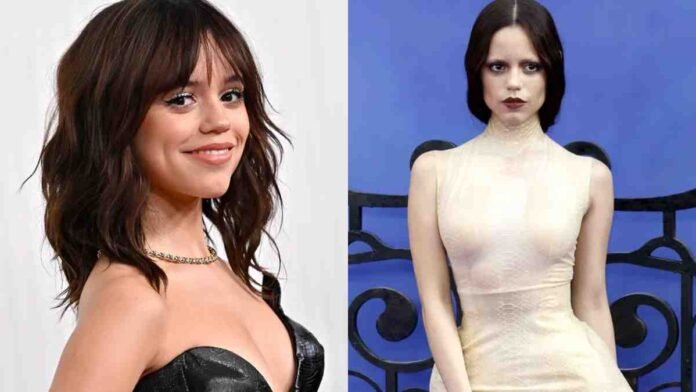Best known for her role as Wednesday Addams, Jenna Ortega is once again in the news, this time for her strikingly “changed” appearance alongside her fantastic performance. When the 22-year-old actress wore a striking outfit and sculpted makeup to the Wednesday Season 2 premiere in Paris, admirers weren’t simply drawn to her style.
Social media users were quick to notice alterations in her face, especially her sharper jawline and thinner cheeks. Many conjectured that she might have had buccal fat removed, a contentious cosmetic operation that is becoming more and more common in Hollywood. Despite Ortega’s silence, the change sparked intense online discussion about Hollywood’s unattainable beauty standards and the pressures placed on young women.
What is a buccal fat removal surgery?
To give the cheeks a more hollowed-out, contoured appearance, fat pads are removed during a cosmetic procedure called buccal fat removal, or bichectomy. There are no visible scars because the fat is accessible through incisions made inside the mouth.
The amount of buccal fat varies from person to person, and its removal can drastically change the face’s appearance. Critics contend that the surgery might prematurely age a person and eliminate the natural fullness associated with youth, even if other people get it to obtain a more mature or angular face.
Online fans reacted quickly to her altered appearance, and not all of the remarks were positive. They ranged from vehement defense to severe condemnation.
The uproar around Jenna Ortega’s appearance reflects a larger trend in Hollywood, where a growing number of young actresses, including Anya Taylor-Joy and Millie Bobby Brown, are attracting attention because of their highly sculpted appearances.
Fans demand greater transparency from celebrities who impact young audiences navigating an era of filters and aesthetic pressure, while critics contend that this encourages unachievable beauty standards. Ortega has not responded to the rumors, but her silence has only fueled further conjecture and a broader cultural dialogue.



